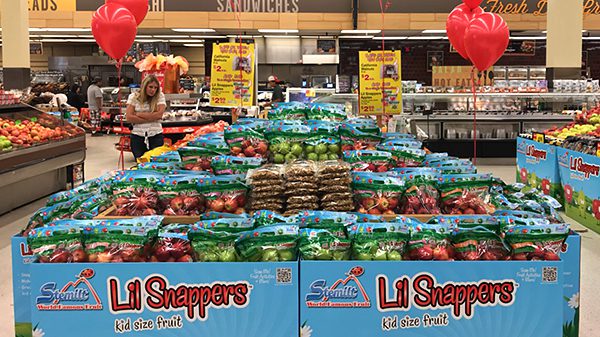Produce industry experts agree that the move toward sustainability will continue.
Shannon Boase, director of new market development for CKF Inc. in Langley, BC, foresees considerably less plastic packaging five years from now.
According to Steve Greenfield, director of sales and marketing for NNZ Inc., an international company that makes packaging for the produce industry, “Retail packaging will be much more environmentally friendly, but there is a caveat to that statement.
“Europe has adopted a total recyclability strategy rather than a compostable one—mainly because it’s much easier to recycle than compost, but also because if you do the research, plastic uses less water, energy, and has a smaller carbon footprint than paper products. So you need to concentrate on the beginning of life for the product as much as the end of life.”
At the same time, the industry will continue to increase packaging. Boase sees more “packaging specifically for online grocery” as well as “more packaging for storage and more packaging for transport.”
Top-sealed packages will probably be at the forefront of future developments. So far, they are not resealable.
“The film guys haven’t been able to crack that nut yet,” Boase concedes, “mostly due to the adhesive required for resealable film. The adhesive doesn’t withstand the cold chain.”
Bulk—by far the most sustainable way of selling fresh produce—remains important.
Brianna Shales, marketing director for Stemilt Growers, LLC BB #:113654 in Wenatchee, WA, notes that for apples (a main Stemilt product), “We see about 60 percent sold bulk, or by the pound, and 40 percent in packages. Bulk apples and pears are still the primary way these fruits are merchandized, and the fact that they aren’t packaged tells a positive sustainability story.”
Given the drive toward sustainability, it is curious that bulk is increasingly becoming supplanted by less environmentally friendly methods. But trends such as online shopping and a greater emphasis on branding militate against bulk and toward packaging in the long run.
Food safety issues also affect bulk sales. “If you can call it a ‘good’ thing that came out of the pandemic,” Greenfield observes, “people are more cautious—they don’t want 30 people having touched the apple or tomato they’ll take home.”
Hence the movement to more packaged produce over bulk. Greenfield says the balance used to be about 80 percent bulk and 20 percent packaged, be sees this “moving more to a 60/40 split or even 50/50.”
This is an excerpt from the Applied Technology feature in the September/October 2021 issue of Produce Blueprints Magazine. Click here to read the whole issue.



